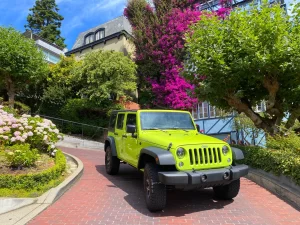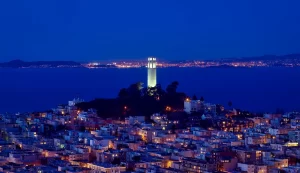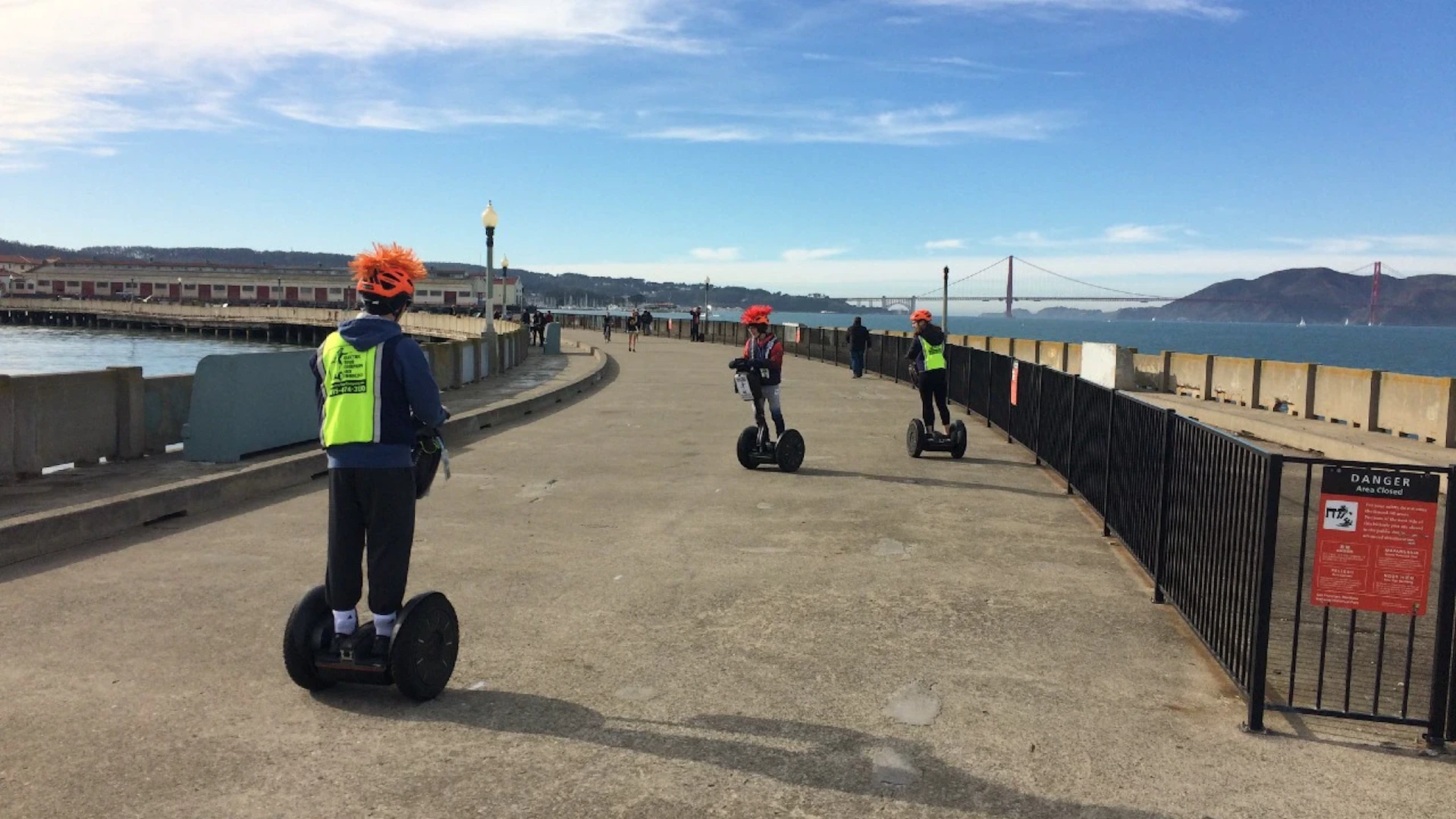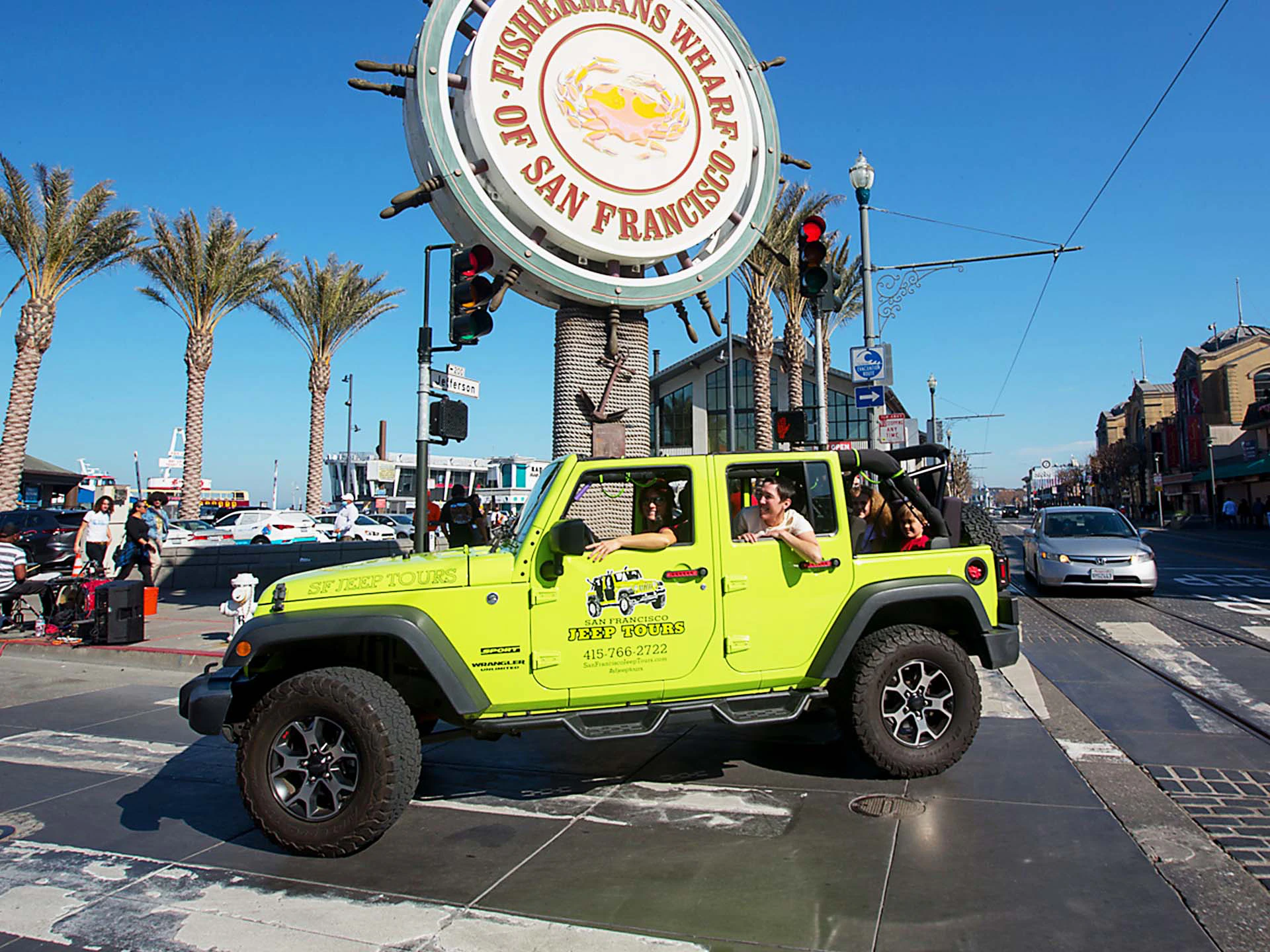Navigating Through Time: The Historic Fishing Fleet of Fisherman’s Wharf
Fisherman’s Wharf, San Francisco’s beloved waterfront, is renowned not just for its tourist attractions but for its vibrant history, deeply rooted in fishing traditions brought over by Italian immigrants in the early 1800s. This bustling hub has evolved from a modest fishing community to a world-famous destination, all the while preserving the legacy of its original settlers.
A Sea of History
The story of Fisherman’s Wharf is a tale of perseverance, culture, and the American dream. First-generation Italian immigrants, seeking new opportunities, laid the foundation of what would become a thriving fishing industry. Their lateen-rigged sailboats, known as feluccas, dotted the bay, creating a picturesque scene that embodied the spirit of San Francisco.
Did you know?
-
-
- The fishermen used their natural talent for song as a means of communication in the fog-shrouded waters outside the Golden Gate, creating an auditory guide for navigation.
- The introduction of gasoline engines in the early 20th century marked the “second-generation” of fishing boats, expanding the fleet’s capabilities and efficiency.
- The fishing fleet at Fisherman’s Wharf today consists of both vintage Monterey Hull boats and modern, diesel-powered craft, bridging the gap between tradition and technology.
-
The Fisherman’s Wharf area was originally the location of a small fishing community of first-generation Italian immigrants who made the area their home in the early 1800s. These families owned fishing boats that set sail daily, hauling in a wide variety of fresh fish, crab, and other seafood to sell and eat at home.
It was only natural that these fishermen and their families would develop delicious recipes from the food they caught. Italian-owned seafood restaurants began cropping up along the waterfront. Today, the original fishermen have passed on, but their descendants continue the family legacy by operating restaurants established by their seafaring ancestors.
Most of the boats berthed at Fisherman’s Wharf belong to a third generation of fishing craft piloted by descendants of the fishermen who have made their livelihoods on the waters of San Francisco Bay for many generations.
From the days of the Gold Rush until the turn of the Century, the San Francisco fishing fleet was composed of lateen-rigged sailboats, called feluccas. They were built in the same style as the boats the local Italian fishermen knew in their native land. Green was the prevailing color of the tiny boats, and the name of a patron saint usually appeared on the hull. The fishermen themselves were as colorful as their craft. Their natural talent for song was to be heard in renditions of arias from Verdi, lusty if not always true to the ear. In the fog-shrouded waters outside the Golden Gate, singing was a means of communication. You could not see a nearby boat in the fog, but from the song of its captain, you knew it was there.
The “second-generation” of fishing boats – Monterey Hull boats — came with the introduction of gasoline engines; small but dependable “putf-putts.” The gas engine made it possible to fish more days of the year, gave a wider range for their operation in the ocean water, and provided power to haul in the nets or lines. Today, several hundred of the Monterey-type boats remain as a part of the fishing fleet.
Often likened to the vintage automobiles of the Model-T era, the Monterey Hull craft ride at harbor alongside a “‘third generation” of commercial fishing boats — diesel-powered craft which overshadow them in size; cruising capacity and are often equipped with state-of-the-art technology. In the early days of Fisherman’s Wharf, the fishermen got their news about the weather from nature instead of a radio report. If the moon was in the east, the tide was coming in; or if in the west, the tide was flowing out the Golden Gate. A circle around the moon meant rain. Porpoises playing around the boat indicated a bad wind was brewing.
Old timers around Fisherman’s Wharf have other tales to tell about the hard work that fed their families. If the boat was becalmed, they waited long hours for a breeze, or got out the oars and rowed. Sometimes they would throw a grappling hook into the rudder chain of a passing steamer and get an easy ride home. When the steamer crews called out imprecations against these marine hitchhikers, the Italian fishermen screamed right back in words that soon became a part of the waterfront.
In those earlier periods, the favorite fishing spots were outside the Golden Gate, just beyond the waves breaking on the rocks and sandy beaches. It took great skill to manage the boats so they did not drift ashore and be wrecked. In terms of money, the rewards were very low. The average fisherman made $2 or $5 a week. But, on the other hand, a loaf of bread could be bought for less than five cents, and good red wine came from grapes that could be purchased for $5 a meal.
Today’s Catch
Present-day Fisherman’s Wharf is a mosaic of past and present, where descendants of the original fishing families continue to operate the fleet and restaurants established by their ancestors. The area pulsates with activity, offering visitors fresh seafood, picturesque views, and a slice of San Francisco’s maritime heritage.
Not to Be Missed
The Fishing Fleet
Witness the heart of Fisherman’s Wharf in action as modern fishermen follow in the wakes of their forebears, navigating the bay’s waters to bring in the day’s catch.
Seafood Stands and Restaurants
Savor the fruits of the sea at one of the many seafood stands or restaurants lining the Wharf, where recipes handed down through generations celebrate the Italian-American fishing legacy.
Maritime Tales and Tours
Embark on a guided tour or visit the Fisherman’s Wharf Merchants Association for stories of the Wharf’s history, the evolution of its fleet, and tales of the fishermen who made San Francisco a culinary capital.
Location and Information
Address: Fisherman’s Wharf, San Francisco, CA
Website: For more information on the history, attractions, and dining options at Fisherman’s Wharf, visit the Fisherman’s Wharf website.
The historic fishing fleet of Fisherman’s Wharf is a living museum, a testament to the enduring spirit of those who sought to make a new life on San Francisco’s shores. It stands as a reminder of the city’s rich cultural tapestry and its ongoing relationship with the sea. Whether you’re a history enthusiast, a seafood aficionado, or simply in search of iconic San Francisco experiences, Fisherman’s Wharf and its historic fleet offer a journey through time, taste, and tradition.
Information provided by the Fisherman’s Wharf Merchants Association




